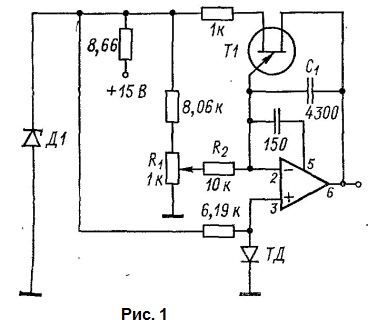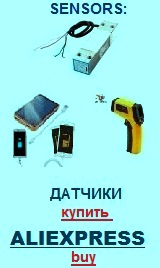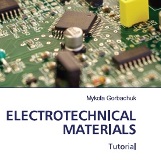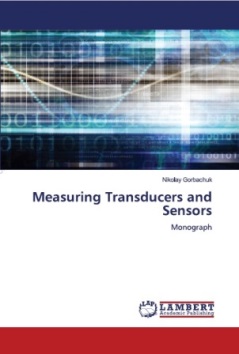Transducers, gauges, sensors - Information portal © 2011 - 2025 Use of material is possible by placing an active link
Thermo-diode and thermo-transistor
Thermo-diodes and thermo-transistors are used in temperature sensors operating in the range from -80 to + 150 °C. the Upper limit of the temperature range is limited by the thermal breakdown of the p-n transition and for certain types of germanium sensors reaches 200 °C, and for silicon sensors - even 500 ° C. The lower limit of the temperature range of thermal diodes and thermal transistors is determined by a decrease in the concentration of the main carriers and can reach for germanium sensors — (240 - 260) °C, for silicon -200 °C.
The main advantages of thermo-diodes and thermo-transistors are small size, the possibility of interchangeability and, most importantly, low cost, allowing them to be used in single-use sensors.
The relationship between the current I through p-n-transition (diode or transistor) and the voltage drop V on it is determined by a certain equation. This equation determines the current through the transition at both forward and reverse displacement of the transition. From the known equations and formulas one can see that, both direct and reverse currents of the p-n junction are functions of temperature. Open p-l-transitions are mainly used for temperature measurement. The theory shows that the voltage drop at the open p-n-transition at the current I through the transition is determined by an approximate formula, which shows that the voltage drop linearly depends on temperature and decreases with increasing temperature. Temperature sensitivity of the p-n-perichola voltage is Sθ ≈ 1.5 mV/K. Comparing the coefficients of temperature sensitivity for voltage drop at the p-l-transition and thermo-EMF thermocouples operating in the same temperature range (for example, chromel — Copel), we can say that the sensitivity of the p-l-transition is about 100 times higher than the sensitivity of thermocouples.
For Fig.1 is a diagram of a temperature Converter in the frequency of the diode TD type D9 as a heat sensitive element. The TD diode is connected to the non-inverting input of the operational amplifier, which performs the function of an integrator.
The inverting input of this amplifier is supplied with voltage from the divider. The divider and the thermodiode are powered by a stable current (ITD = 1 mA) from the reference voltage set by the diode D1. The integrator is discharged through the transistor T1, when the capacitor C1 is charged to a voltage of 10 V. the charging time of the capacitor and, therefore, the pulse rate at the output of the integrator depend on temperature, as with increasing temperature decreases the voltage on the diode TD and increases the voltage difference at the inputs of the amplifier. Sensitivity adjustment (S = 10 Hz/K) is carried out by changing the resistance R2, zero adjustment — by changing the resistance R1. The measuring range of the transducer 0-100 °C, the error does not exceed ±0,3 °C.
русский / english
• Information about various converters and sensors of physical quantities, parameters of various physical processes is presented.
• Electrophysical properties and effects in various electrical materials.
• Theory, experimental results, practical application


Fig.1. Circuit diagram of temperature to frequency Converter
See also:
CONVERTERS, GAUGES, SENSORS
Information, news, advertising



